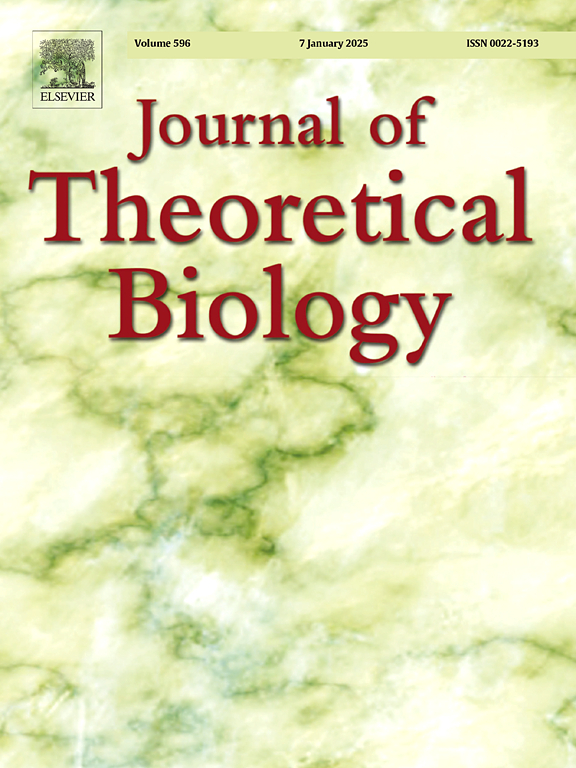具有超级传播性的传染病爆发的祖先过程
IF 2
4区 数学
Q2 BIOLOGY
引用次数: 0
摘要
当传染病爆发的规模较小时,描述受感染个体样本的祖先很困难,因为大多数祖先模型都假定种群规模很大。给定一组受感染的个体,我们证明可以精确地表达出他们拥有相同感染者的概率,可以是包含性的(因此其他个体也可能拥有相同的感染者),也可以是排他性的(因此他们可能不拥有相同的感染者)。要计算这些概率,需要了解后代的分布情况,这决定了每个受感染的个体会造成多少感染。我们考虑了无超传播和有超传播的传播,分别采用泊松和负二项式后代分布的形式。我们展示了如何将我们的结果纳入一个新的 Lambda-凝聚模型,该模型允许多个品系凝聚在一起。我们将这一新模型称为欧米茄-凝聚态模型,并将其与之前提出的替代模型进行了比较,主张将其用于未来的传染病爆发研究中。本文章由计算机程序翻译,如有差异,请以英文原文为准。
Ancestral process for infectious disease outbreaks with superspreading
When an infectious disease outbreak is of a relatively small size, describing the ancestry of a sample of infected individuals is difficult because most ancestral models assume large population sizes. Given a set of infected individuals, we show that it is possible to express exactly the probability that they have the same infector, either inclusively (so that other individuals may have the same infector too) or exclusively (so that they may not). To compute these probabilities requires knowledge of the offspring distribution, which determines how many infections each infected individual causes. We consider transmission both without and with superspreading, in the form of a Poisson and a Negative-Binomial offspring distribution, respectively. We show how our results can be incorporated into a new Lambda-coalescent model which allows multiple lineages to coalesce together. We call this new model the Omega-coalescent, we compare it with previously proposed alternatives, and advocate its use in future studies of infectious disease outbreaks.
求助全文
通过发布文献求助,成功后即可免费获取论文全文。
去求助
来源期刊
CiteScore
4.20
自引率
5.00%
发文量
218
审稿时长
51 days
期刊介绍:
The Journal of Theoretical Biology is the leading forum for theoretical perspectives that give insight into biological processes. It covers a very wide range of topics and is of interest to biologists in many areas of research, including:
• Brain and Neuroscience
• Cancer Growth and Treatment
• Cell Biology
• Developmental Biology
• Ecology
• Evolution
• Immunology,
• Infectious and non-infectious Diseases,
• Mathematical, Computational, Biophysical and Statistical Modeling
• Microbiology, Molecular Biology, and Biochemistry
• Networks and Complex Systems
• Physiology
• Pharmacodynamics
• Animal Behavior and Game Theory
Acceptable papers are those that bear significant importance on the biology per se being presented, and not on the mathematical analysis. Papers that include some data or experimental material bearing on theory will be considered, including those that contain comparative study, statistical data analysis, mathematical proof, computer simulations, experiments, field observations, or even philosophical arguments, which are all methods to support or reject theoretical ideas. However, there should be a concerted effort to make papers intelligible to biologists in the chosen field.

 求助内容:
求助内容: 应助结果提醒方式:
应助结果提醒方式:


